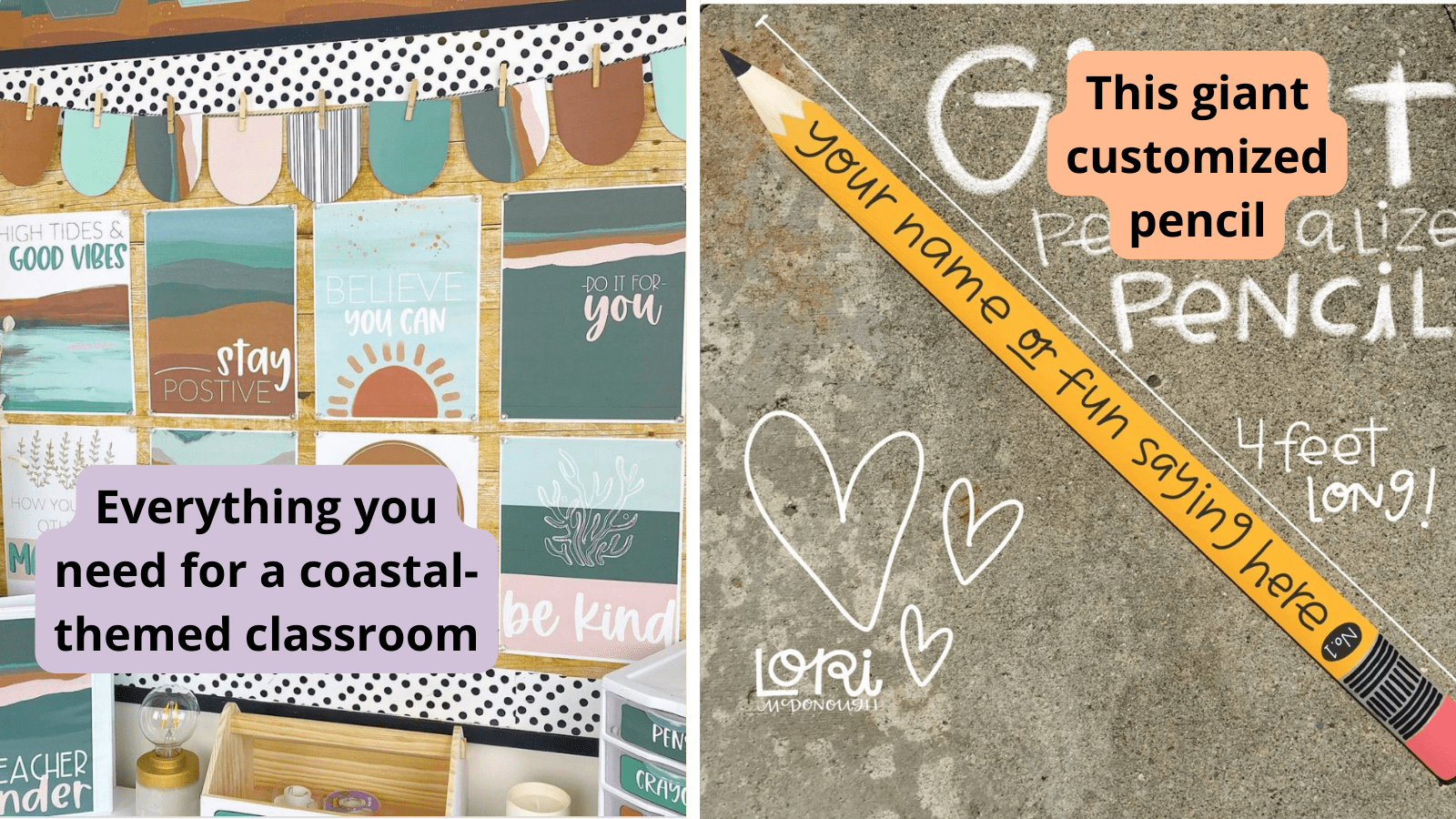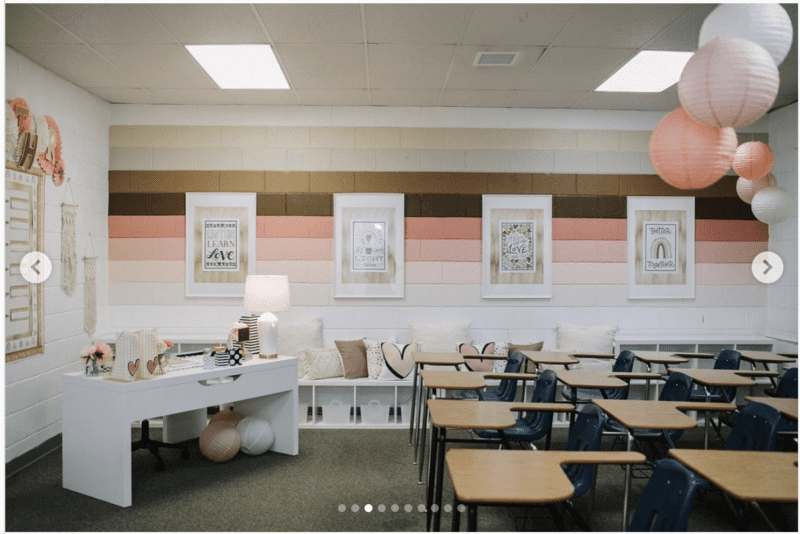Decorating a junior high classroom can be an exciting and rewarding challenge. As an educator, you have the opportunity to create an environment that not only fosters learning but also engages and inspires your students. In this article, we’ll explore various junior high classroom decorating ideas that are functional, creative, and budget-friendly. Whether you’re redecorating for the start of the school year or looking to refresh your existing setup, we’ve got you covered!
Why Classroom Decor Matters
Classroom decor is more than just about aesthetics. It plays a crucial role in creating an environment conducive to learning. Here are a few key reasons why classroom decor matters:
- Engagement: An inviting classroom captures students’ attention and makes them more eager to participate.
- Creativity: Well-decorated spaces encourage creative thinking and personal expression.
- Organization: A well-organized classroom helps students know what to expect, easing anxiety and improving focus.
- Community Building: Personal touches can help foster a sense of belonging and community among students.
Essential Elements of a Well-Decorated Classroom
Before diving into specific decorating ideas, it’s important to consider the essential elements that contribute to a successful classroom environment:
- Color Scheme: Choose a color palette that is calming yet stimulating. Bright colors can enhance energy but balance them with softer tones.
- Seating Arrangements: Flexible seating can promote collaboration and adaptability.
- Display Areas: Designate spaces for student work, educational materials, and inspirational quotes.
- Personal Touches: Incorporate elements that reflect your personality and teaching style.
Creative Junior High Classroom Decorating Ideas
1. Themed Decor
Themed decor can create excitement and anticipation for students. Here are a few themes you might consider:
| Theme | Description | Pros | Cons |
|---|---|---|---|
| Adventure | Use maps, globes, and nature-inspired decor. | Encourages exploration and curiosity. | May be challenging to maintain focus on academics. |
| Space | Incorporate planets, stars, and astronaut images. | Stimulates interest in science and technology. | Requires more investment in decor materials. |
| Literature | Decorate with quotes and imagery from famous books. | Encourages reading and literary discussions. | May oversaturate the space with text. |

2. Inspiring Wall Displays
Your walls can serve as great teaching tools. Here are some ideas for inspiring wall displays:
- Student Artwork: Create a gallery wall featuring students’ artwork.
- Motivational Quotes: Use large, colorful posters with quotes that inspire growth and perseverance.
- Learning Goals: Display class goals or objectives prominently to keep students focused.
3. Flexible Seating Arrangements
Flexible seating can transform your classroom’s dynamic. Consider the following setups:
- Cushion Zones: Create a comfortable area for reading with cushions and bean bags.
- Collaborative Tables: Use group tables to encourage teamwork and discussion.
- Stand-Up Desks: Incorporate a few stand-up desks to offer alternatives for students who prefer to work standing.
Pros and Cons of Flexible Seating:
- Pros: Promotes collaboration, caters to different learning styles, improves engagement.
- Cons: Requires more management, can lead to distractions if not monitored.

4. Interactive Bulletin Boards
Bulletin boards can serve a multitude of purposes. Here are some ideas to keep them engaging:
- Class Projects: Display ongoing projects where students can contribute ideas.
- Learning Stations: Create thematic boards that correspond to units being studied.
- Student Highlights: Showcase a student of the week with photos and achievements.
5. Colorful Rug Areas
A colorful rug can create a warm, inviting spot for group discussions or reading time. Consider these tips:
- Choose a rug that is easy to clean and durable.
- Select colors that match your overall color scheme.
- Use rugs to define spaces within the classroom.

6. Personalizing Student Spaces
Allowing students to personalize their spaces fosters ownership of the classroom. Here are some implementation ideas:
- Desks: Encourage students to decorate their desks with personal items.
- Cubby Areas: Designate a personal storage area where students can keep their belongings.
- Classroom Jobs: Assign roles that rotate, letting students take charge of decorating certain areas.
7. Nature-Inspired Decor
Incorporating elements from nature can create a peaceful and organic atmosphere:
- Plants: Use indoor plants that are easy to care for, such as pothos or spider plants.
- Earth Tones: Choose earthy colors for walls and furnishings to create a warm space.
- Natural Light: Arrange seating to maximize natural light from windows.

8. Technology Integration
In our tech-driven world, blending technology into classroom decor can modernize the environment:
- Smart Boards: Utilize smart boards for interactive lessons.
- Digital Displays: Create a digital gallery for student projects and announcements.
- Educational Apps: Incorporate QR codes around the classroom linking to useful resources.
Comparative Summary of Popular Classroom Decor Ideas
To streamline your decorating process, here’s a comparison of popular ideas:
| Decor Idea | Cost | Time to Implement | Does it Enhance Learning? |
|---|---|---|---|
| Themed Decor | Medium | Moderate | Yes |
| Wall Displays | Low | Low | Yes |
| Flexible Seating | High | High | Yes |
| Interactive Bulletin Boards | Low | Moderate | Yes |
| Nature Decor | Medium | Low | Yes |

FAQs About Classroom Decor
What are some budget-friendly classroom decorating ideas?
Consider using DIY projects, recycled materials for decor, and repurposing items you already have. Bulletin boards and wall displays can also be made using inexpensive craft supplies.
How often should I update my classroom decor?
It’s advisable to refresh your classroom decor at least once a year. However, seasonal updates or thematic changes can be done more frequently to keep students engaged.

What are the best colors for a classroom?
Choose colors that promote concentration and calmness. Soft blues, greens, and earthy tones are generally effective, while bright colors can be used in moderation to energize the space.
How can I involve students in the decorating process?
Encourage student input by allowing them to suggest themes, vote on decor items, or even help create bulletin board displays. This involvement can foster a sense of community and ownership.

Final Thoughts on Classroom Decorating
Creating a welcoming and stimulating classroom environment is essential for engaging junior high students. By incorporating creative and thoughtful decorating ideas, you can transform your classroom into a space that inspires learning, creativity, and collaboration. Remember, the goal is to create an environment where students feel comfortable, motivated, and eager to learn.
As you embark on your classroom decorating journey, take into account the preferences of your students and your personal teaching style. Happy decorating!